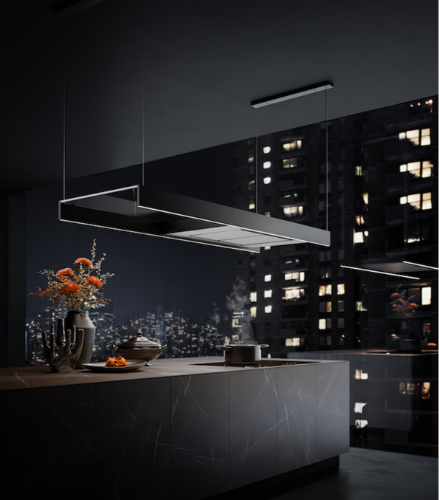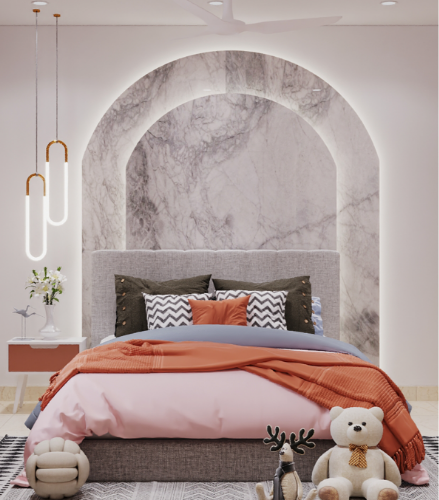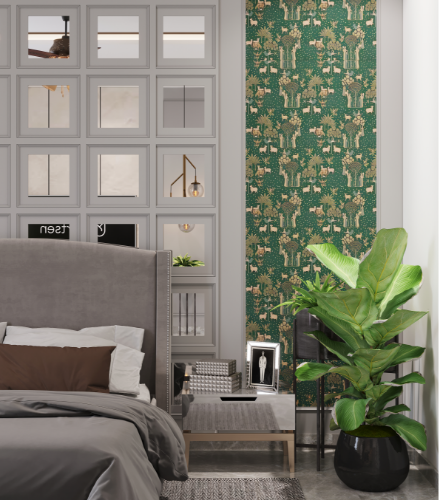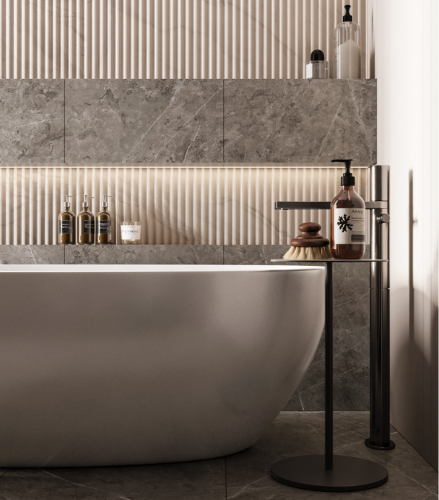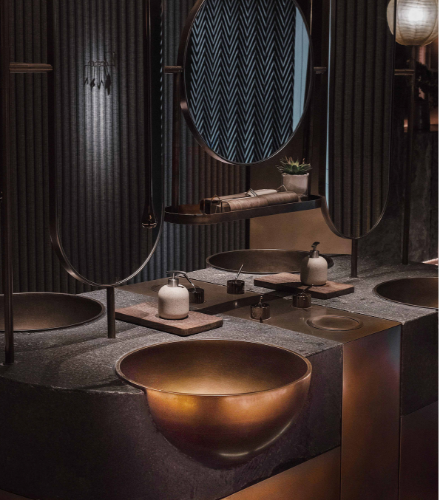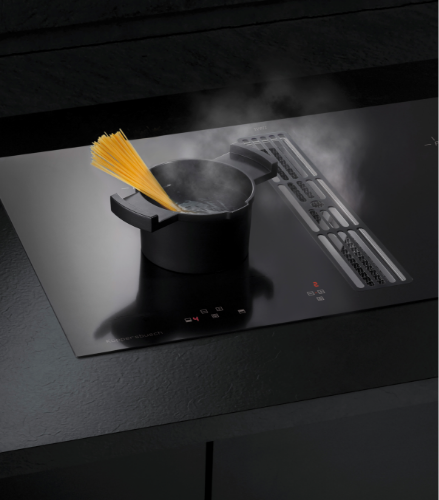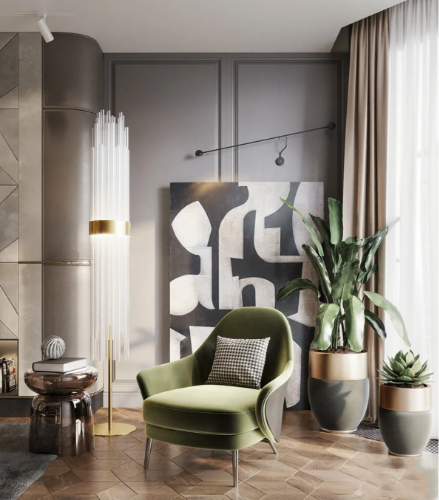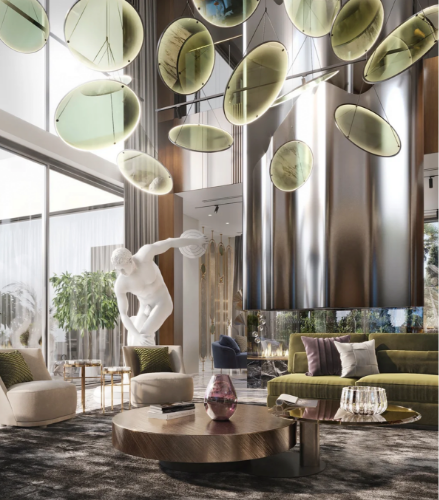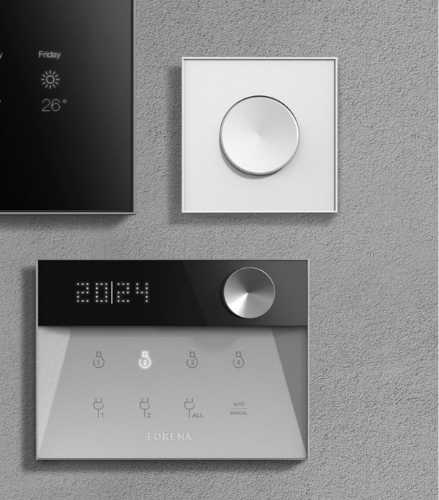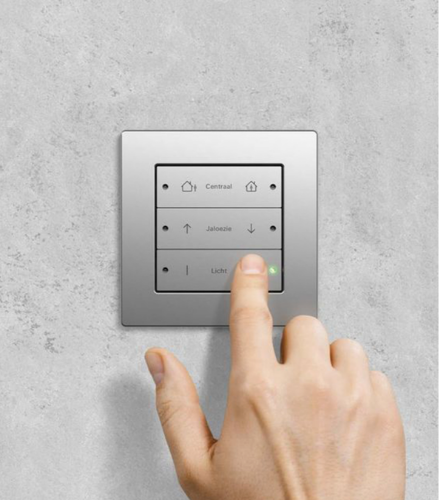5 Ways Interior Designers Get the Most Out of a Client’s Budget

Behind all the beauty and excitement of interior design, there’s a lot of mundane paperwork that makes the execution of the project a success. And one of the key factors that dictate how great your interiors can be is the budget, or more importantly how the budget is being utilised. So, the most successful designers in the domain master the skill of budgeting and planning to deliver the most value to the client.
As expected, designing a home involves a myriad of expenses, from the design itself, furniture placement and 3D visualisation of the interiors to sourcing materials and more. Planning the entire process flawlessly to the teeth can produce the most value out of the assigned budget.
But if you are a designer working on your budgeting skills or someone who wants to tame the beast on their own, this blog will take you through five ways interior designers and architects across the globe make the most of any given budget.
| Note: All the ways/methods presented in this blog are well-researched and are in use by designers across the globe. Some methods may be beneficial to you and some might not, since not all businesses run on the same tracks as others. |
1. Improve collaboration with the clients
You might be the greatest home designer the world has ever seen, a savant at budgeting and planning. But it would be of no use if you were not in tandem with the client’s expectations. The thing you need to realise is that while you are busy planning the entire project, the client has his own plans and expectations for the result.
Hence, it’s a great idea to keep the client in the loop and work with them on the cost side of things. This way, you can get an idea of what is a must-have for the home and the things that can be replaced. You can also emphasise the reality of costs. For instance, the imported coffee table your client has been eyeing is a little out of budget, so getting the design custom-made by local craftsmen can drastically reduce the price. Check out how Aertsen Living tackles the planning process.
2. Create a Total Project Cost Model (TPCM)
Visualising the cost in advance can easily provide a clear vision to follow, and you can avoid overlooking any costs. Some of the most common mistakes designers make are: they don’t take into account the construction costs, such as site development costs, construction contingencies, equipment costs, administrative costs, and transportation costs.
Furthermore, you can literally add every little cost involved in the project. So, in the future, if there are any fluctuations in the costs, you can easily adjust the amount rather than doing it all in a single day.
3. Stay realistic & be transparent
Promising your clients unrealistic results to acquire the project is never a good idea; being honest about the costs is encouraged by all successful designers. You might not get the project, but you deflect the possibility of your clients being disappointed and you being discredited.
However, you can present your client with the most realistic results that can be achieved. And most clients with low budgets are generally aware of what they can get with their budget, so being straightforward can give you an upper hand in acquiring the project.
4. Resource allocation
With a limited budget comes limited resources, so it’s vital you allocate resources near-perfectly. However, doing that is the most difficult part for any home designer to deal with. During our research, the most experienced designers presented us with a similar idea, which is dividing the resources into different rooms of the home.
This has a higher chance of facilitating your client’s expectations. If someone wants their living room to be the most decked out part of their home, you can easily transfer some resources from other rooms to the living room to give it a little more extravagance.
5. Know where to spend and where to save
Considering you have the budget finalised and have taken the necessary steps to move forward with the execution of the project, it’s quite important to spend your client’s money wisely. Figuring out where you can save money and where to invest a little more can help you get better results with a minimum budget.
For instance, expensive decorative pieces for the home can be replaced with locally made art pieces that are much more inexpensive. Whereas, investing the money you saved on the interiors of the home, like furniture and fixtures, can result in a better overall value in the long run.
Hopefully, this blog helped you get a firm grasp of what you should do to get the most out of your client’s budget and gain a happy and satisfied client. You can follow us on social media for similar blogs and stay up to date with the latest trends in home interiors.

